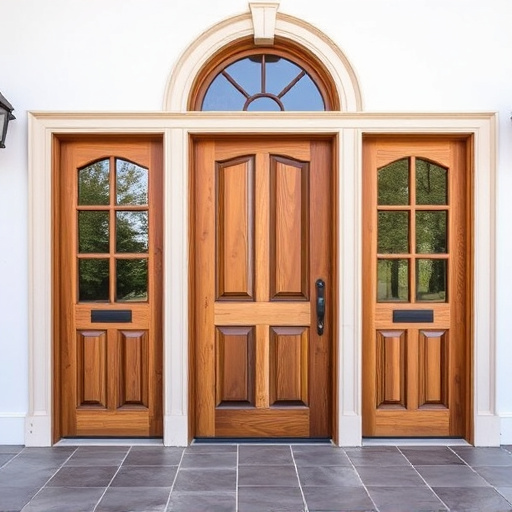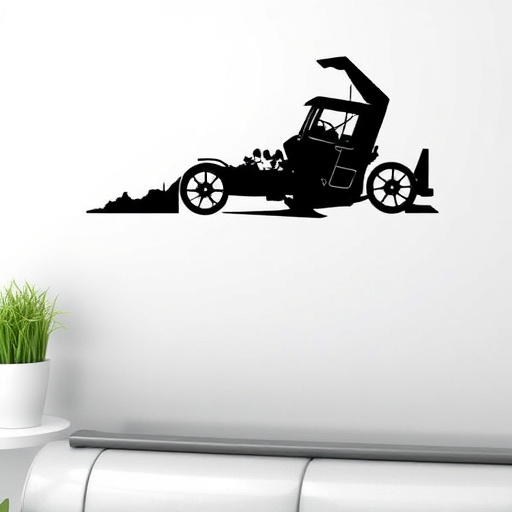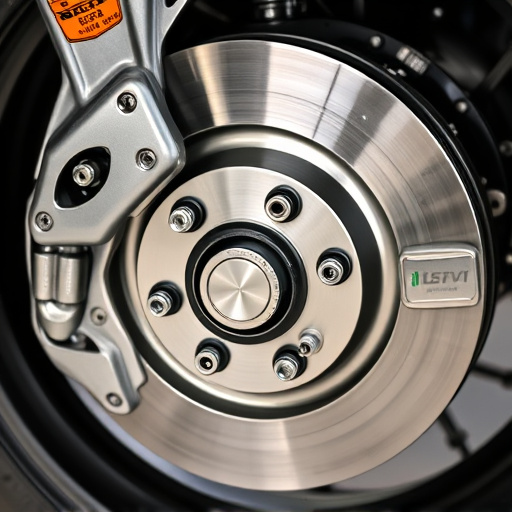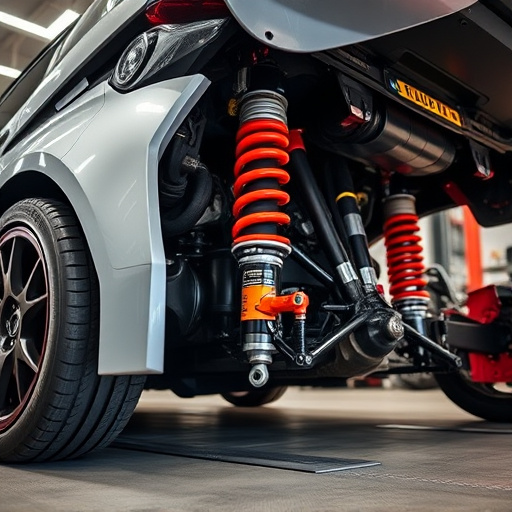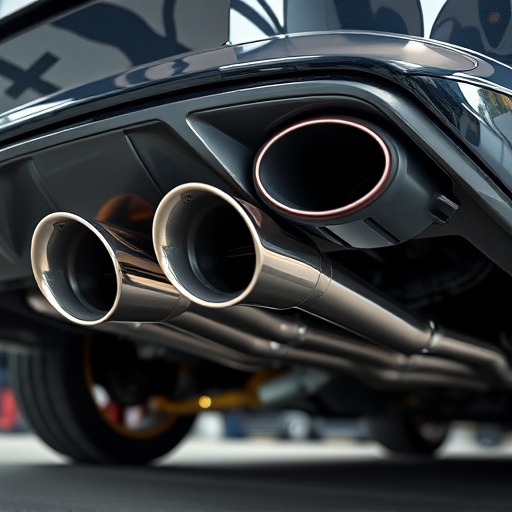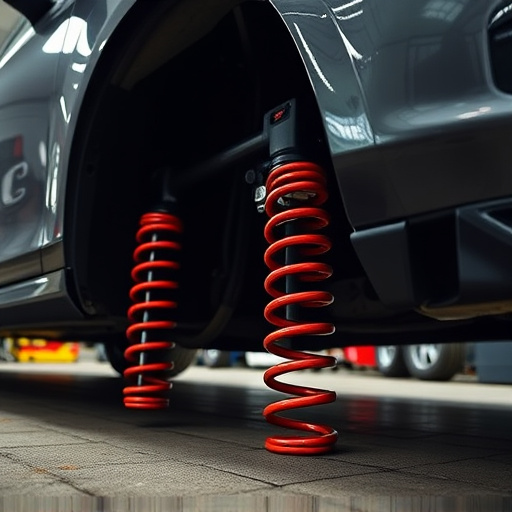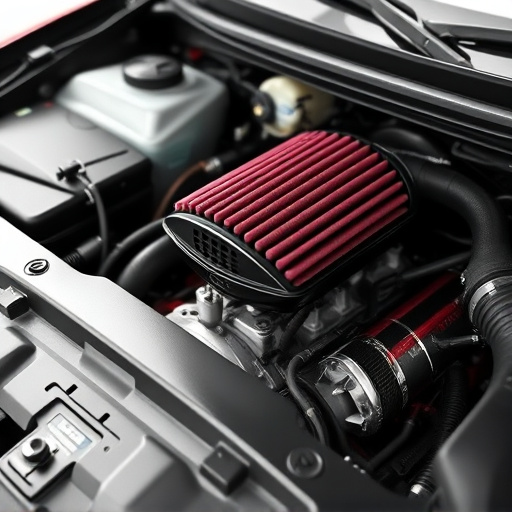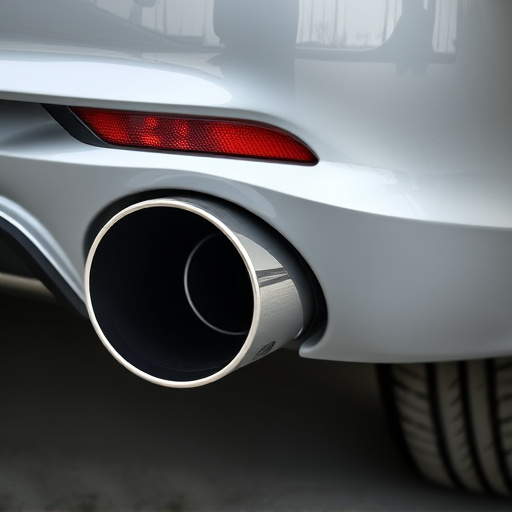Intercooler piping plays a vital role in addressing turbo lag, optimizing airflow dynamics for turbocharged engines. Strategically designed pipes ensure efficient cold air flow, minimizing restrictions and maximizing cooling capacity, leading to smoother power delivery and improved performance. The layout significantly impacts turbo response time, lag reduction, acceleration, and overall vehicle performance by reducing backpressure, facilitating gas exchange, and decreasing system weight through key design factors like pipe length, diameter, material (lightweight aluminum), and smooth walls.
The layout of intercooler piping plays a pivotal role in turbocharger performance, particularly in mitigating turbo lag and enhancing response time. This article delves into the intricate relationship between intercooler design and airflow dynamics, exploring how strategic piping configurations can optimize engine output. We dissect the impact on response times, offering practical insights for automotive enthusiasts and engineers seeking to harness the full potential of turbocharged engines through meticulous intercooler piping considerations.
- Understanding Turbo Lag and Intercooler's Role
- Piping Layout: Optimizing Airflow Dynamics
- Impact on Response Time: Practical Considerations
Understanding Turbo Lag and Intercooler's Role
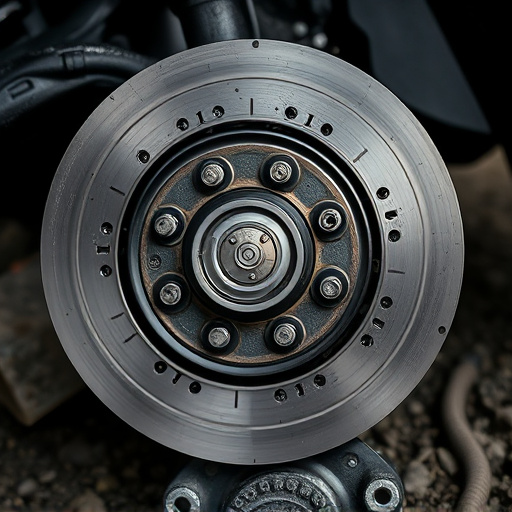
Turbo lag is a term used to describe the delay between the driver’s input (accelerator pedal) and the turbocharger’s response, resulting in a momentary loss of power. This phenomenon occurs because the turbocharger needs time to build pressure from ambient air drawn into the engine, which is especially noticeable during aggressive accelerations. The intercooler plays a pivotal role in managing turbo lag by quickly cooling the compressed air from the turbocharger, ensuring that it reaches the engine as efficiently and effectively as possible. A well-designed intercooler piping layout can significantly enhance this process, reducing turbo response time and improving overall performance.
The intercooler piping system is responsible for transporting hot air from the turbocharger to the intercooler and then to the engine intake. By optimizing this routing, engineers can minimize temperature rise between the turbo and the intake, allowing for a more consistent air supply. This direct path also helps in reducing backpressure in the exhaust system, as seen with well-designed exhaust tips, and improves airflow through other suspension components like cold air intakes. As a result, the engine receives cooler, denser air, enhancing its ability to burn fuel efficiently, especially under high-performance conditions.
Piping Layout: Optimizing Airflow Dynamics
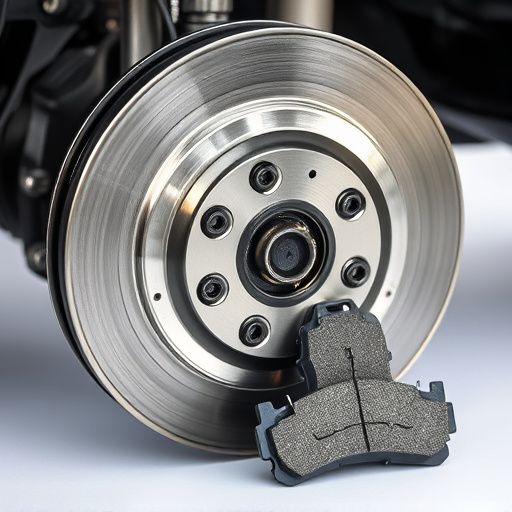
The layout of intercooler piping plays a significant role in optimizing the airflow dynamics within a turbocharged engine. Properly designed pipes ensure that cold air efficiently flows from the intake to the intercooler, minimizing restrictions and maximizing cooling capacity. This is crucial for reducing turbo lag and improving response time, as it enables faster delivery of compressed air to the engine, leading to smoother power delivery and improved overall performance.
A well-optimized piping layout also considers integration with other components such as suspension kits, which can influence airflow, and performance air filters, that enhance intake efficiency. Even factors like brake rotors, though seemingly unrelated, can indirectly affect cooling dynamics by impacting overall vehicle handling and engine operating temperatures. Thus, a holistic approach to intercooler piping design considers not just the cooling system but also how it interacts with other critical components for a synergistic effect on engine performance.
Impact on Response Time: Practical Considerations
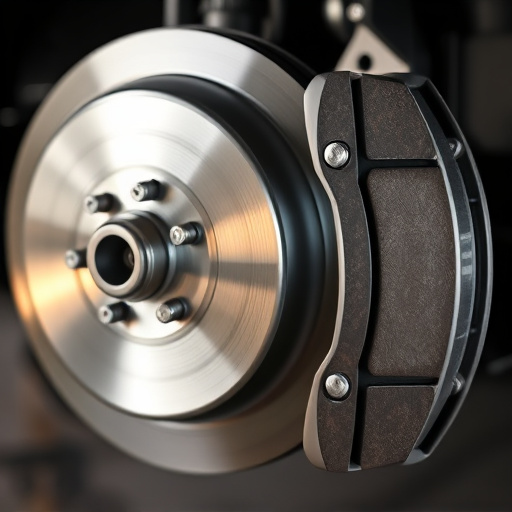
The layout of intercooler piping plays a significant role in improving turbo response time and reducing lag. Optimizing this component can lead to faster acceleration and improved overall performance, especially in high-performance vehicles equipped with turbocharged engines. When designing or modifying intercooler piping, several practical considerations come into play.
For instance, the length, diameter, and material of the pipes significantly influence air flow and temperature drop. Smaller, smooth-walled pipes minimize restrictions, ensuring a swift passage of compressed air from the turbocharger to the intercooler and subsequently to the engine. This direct path reduces backpressure in the exhaust system, including muffler tips and exhaust tips, allowing for more efficient gas exchange. Additionally, using lightweight materials like aluminum can decrease overall system weight, further enhancing response time by minimizing inertia. Integrating these considerations into the intercooler piping layout is key to achieving optimal turbo performance and a smoother driving experience.
The optimal design of intercooler piping is a key factor in improving turbo lag and response time. By understanding the dynamics of airflow within the intercooler system, engineers can craft efficient piping layouts that enhance performance. This strategic approach to intercooler piping allows for smoother power delivery, making high-performance vehicles more responsive and enjoyable to drive.



